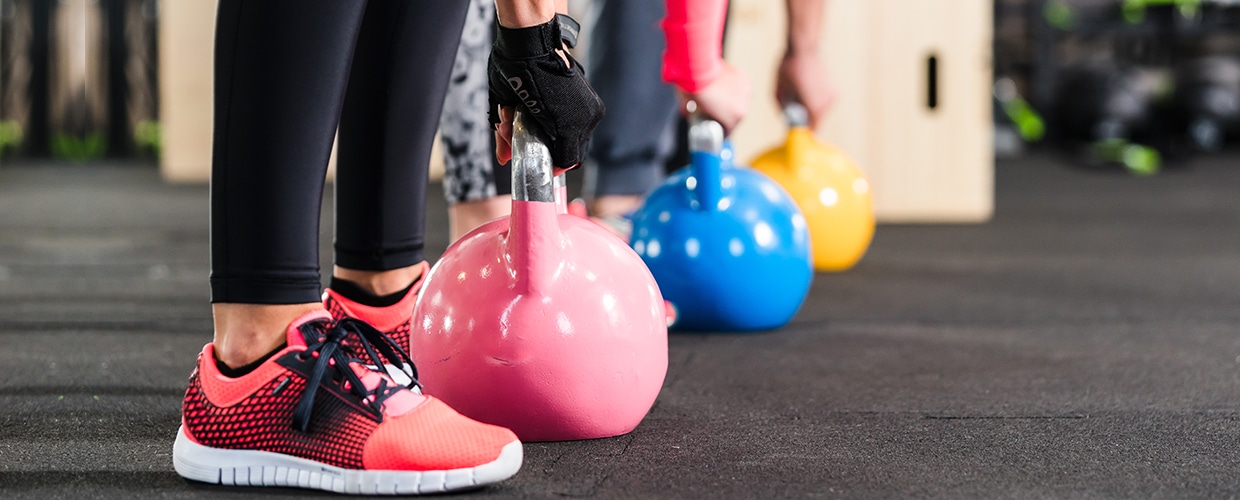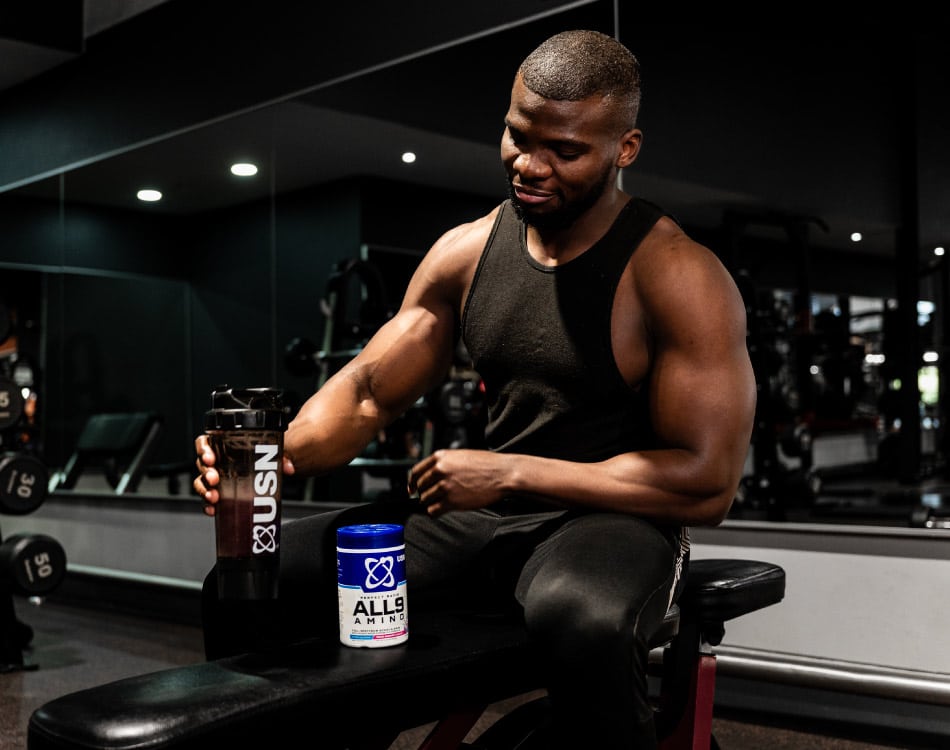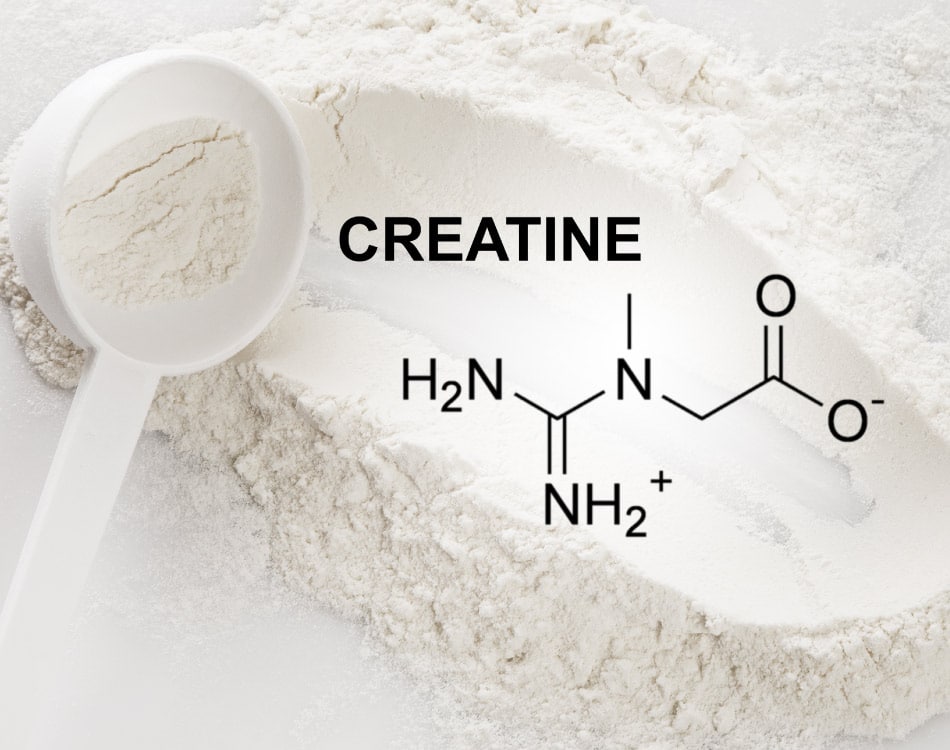If you’ve hit a training plateau or find the gym a grind, it’s probably time to kick that traditional and mundane weight training structure of 3 sets of 10 reps.
By boosting the intensity of your workout and intelligently increasing your training volume with different set structures, you can take your weights sessions to the next level and achieve the results you’re after.
It’s also beneficial to introduce a new and more challenging way to train because it keeps things interesting. To do just that, here are just a few of the training techniques you can include in your program to burn more calories and add more muscle:
Superset your way to success
A superset is comprised of two different exercises performed back to back with minimal rest between exercises. This is a great way to increase your workout intensity and volume, burn more calories, improve endurance and condition muscles.
There are a number of different types of supersets:
- An agonist superset targets muscle groups that work together in synergy during the same exercise, such as your chest and triceps or back and biceps.
- An antagonist superset targets opposing muscle groups, like back and chest or biceps and triceps.
- A monster superset targets the same muscle group in subsequent sets.
The key to an intense superset is to move as quickly as possible between exercises and only rest one to two minutes between supersets.
Build your body with pyramid sets
Pyramid sets are weight training sets where you progress from lighter weights with a greater number of repetitions in the first set, to heavier weights with fewer repetitions in subsequent sets. A reverse pyramid uses the opposite structure, where the heavier weights are used at the beginning and progressively gets lighter as the reps increase.
Drop sets like it’s hot…
A drop set extends your ability to perform an exercise by reducing the weight you lift once you reach the point of muscle failure. This technique can be done on a weight machine or using free weights (barbells and dumbbells).
The important element is to reduce the weight as quickly as possible as you can continue to ‘drop’ down as many times as you wish (or can), working to failure on each drop set. Just one of these sets per workout is sufficient. Don’t abuse this serious intensity booster!
Rest-pause sets
This set structure involves working to failure on an exercise, taking a very short rest of no more than 10 seconds and then continuing with the exercise for as many reps as possible.
This process can be repeated a number of times to maximise the effectiveness of this type of training.
It’s an ideal way to deliver insane muscle pumps (increasing blood flow to working muscles) and develop greater strength endurance.
Time to try a few tri-sets
The technique requires that you do three exercises, targeting the same muscle group, without resting or pausing between the exercise sets.
Giant sets for outsized results
The giant set targets one muscle group with four or more separate exercises performed in quick succession. This is often done to failure, often with a reduction in weight halfway through a set once muscle fatigue sets in.
Count your way to 21 for better gains
When performing sets of 21s, you perform seven partial reps (you don’t work through a full range of motion) in the lower half of the movement, like lifting the weight halfway up on a curl, followed by another 7 partial reps in the upper half (dropping the weight halfway down). The set is then completed with seven full range of motion reps.
Sets to failure lead to success
Stop counting reps for your last set… Training in this manner means working a muscle to the point where you experience a momentary failure in strength. This is caused by a number of factors, but it’s a great way to up the intensity of a set.
The best way to incorporate this practice is to only train to failure on the last set of an exercise in order to avoid injury or overtraining.

















Leave A Comment